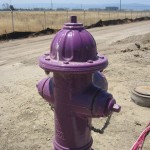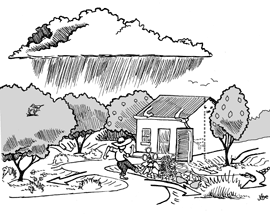
Credit: HarvestingRainwater.com
You may have noticed an abundance of rainwater harvesting articles as of late. There is a reason for that. Water that falls from the sky is yours to do with. It would be wise to keep it on your property and put it somewhere that won’t affect the foundation of your house. The best place to put it is in the ground, where plants can utilize its resources later in the year.
The fundamental principles established here are exactly what people have done for centuries.

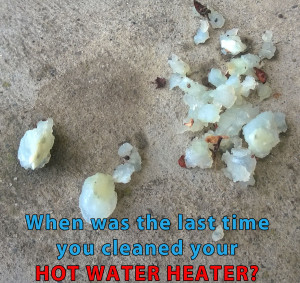
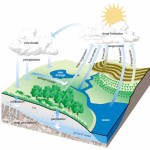
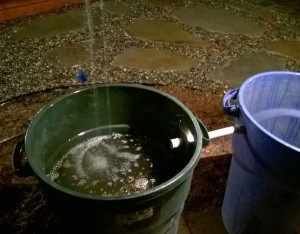 Capturing rainwater is easy to do. All you need is rain and a bucket. Capturing rainwater for re-use in the yard becomes helpful when using large containers and rain gutters from your roof. A 1,000 square foot roof will capture about 625 gallons of water when an inch of rain falls. For a 1/4″ to 1/2″ rain storm, those totals can quickly add up to 150-300 gallons of water, significantly more than my rain barrels hold.
Capturing rainwater is easy to do. All you need is rain and a bucket. Capturing rainwater for re-use in the yard becomes helpful when using large containers and rain gutters from your roof. A 1,000 square foot roof will capture about 625 gallons of water when an inch of rain falls. For a 1/4″ to 1/2″ rain storm, those totals can quickly add up to 150-300 gallons of water, significantly more than my rain barrels hold.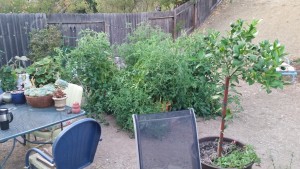
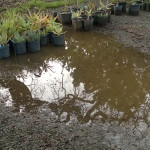
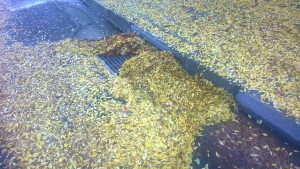
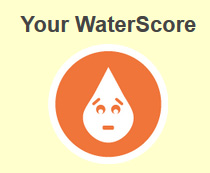 Two months ago I wrote an article about Chris Rossiter, a Danville resident who needed
Two months ago I wrote an article about Chris Rossiter, a Danville resident who needed 